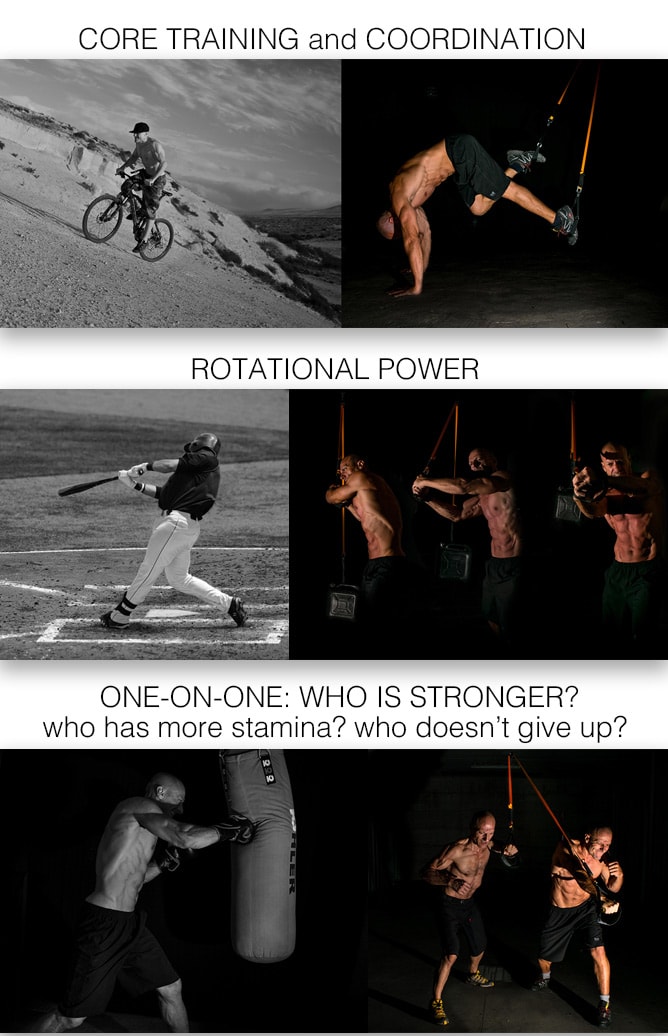

One possible strategy to reduce back pain and injuries in emergency responders is to design and implement an effective strength and conditioning program to improve back muscle strength and overall fitness ( Abel et al., 2015). In additional to the dangerous nature of emergency work, inadequate level of physical fitness may also increase the risk of work-related injuries ( Griffin et al., 2016). A similar range from 31.8 to 85.1% of LBP prevalence was also observed in emergency medical services (EMS) personnel ( Ham and Ahn, 2008 Kim et al., 2017 Aljerian et al., 2018 Imani et al., 2018). For instance, the prevalence of LBP in firefighters has been reported to be approximately 30% across many countries ( Katsavouni et al., 2014 Negm et al., 2017 Damrongsak et al., 2018 Nazari et al., 2020a Pelozato de Oliveira et al., 2021) and up to 71.1% in South Korea ( Kim and Ahn, 2021). Considering the exposures to strenuous and physically demanding tasks ( Nazari et al., 2020b Stassin et al., 2021), it is not surprising to note frequent complaints of low back pain (LBP) and back injuries among emergency responders. Emergency responders such as firefighters and paramedics must be physically fit in order to with the challenges during emergency situations ( Beach et al., 2014). Emergency situations warranting a response can range from natural disasters to home fire and transportation incidents.

For frontline firefighters and paramedics, both functional and conventional strength training are effective for improving back muscle characteristics.Įmergency response plays a critical role in ensuring public safety, but it is an inherently dangerous occupation. All self-reported pain and disability scores fell within the category of “ minimum functional limitation” throughout the intervention and 6-month follow-up periods. Bilateral symmetry in muscle stiffness was improved as indicated by reduction in symmetry index (-7.1% functional, -11.8% conventional, p = 0.027, η p 2 = 0.151). While the training effects were similar between groups, both programs improved isometric back extension strength (+21.3% functional, +20.3% conventional, p < 0.001, η p 2 = 0.625) and lumbar extensor muscle fatigability (+17.4% functional, +9.5% conventional, p = 0.009, η p 2 = 0.191). A mixed model Analysis of Variance with repeated measures was performed to compare the difference over time and between groups.

Outcome measures were maximum isometric back extension strength, passive muscle stiffness, lumbar extensor fatigability, and revised Oswestry Low Back Pain Questionnaire. Participants ( n = 24) were randomized into two groups to complete 16 weeks of supervised exercise intervention: 1) Functional training used unilateral movements that mimicked the asymmetrical nature of emergency operations, 2) Conventional training performed bilaterally loaded exercises. The purpose of this study was to compare the effectiveness of two strength and conditioning programs in improving back muscle characteristics and disabilities in emergency responders (firefighters/paramedics).

Pui Wah Kong 1* Tommy Yew Weng Kan 1 Roslan Abdul Ghani Bin Mohamed Jamil 1 Wei Peng Teo 1 Jing Wen Pan 1 Md Noor Hafiz Abd Halim 2 Hasan Kuddoos Abu Bakar Maricar 2 David Hostler 3


 0 kommentar(er)
0 kommentar(er)
